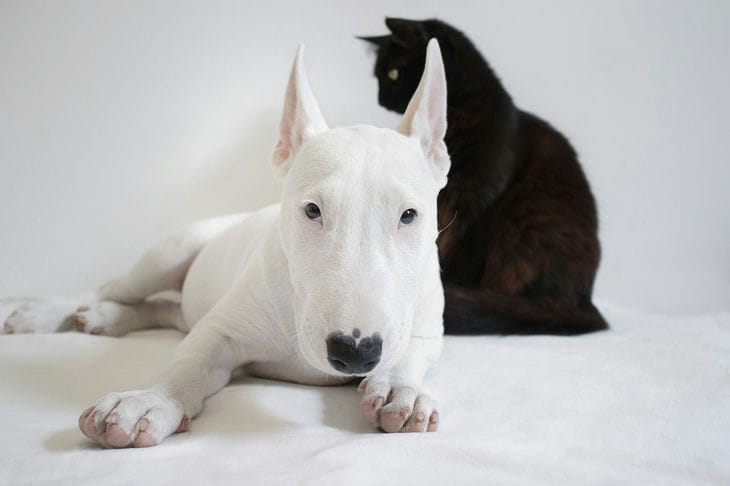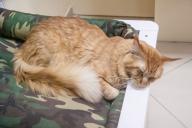Small and medium breeds such as Yorkshire Terrier, Maltese, Bolognese, Pekingese, Miniature Pinscher, West Highland White Terrier and Toy Terrier are best suited for an apartment.
These are compact dogs that do not require a lot of space or long walks.
When choosing a breed, pay attention to the dog's character. Some small breeds are very active and noisy, such as the Toy Terrier or Jack Russell Terrier.

Such dogs are better suited for those who like an active lifestyle. For a more peaceful apartment life, it is better to choose a phlegmatic and quiet dog like a lapdog or a pug.
When choosing a breed, consider how attached the dog is to its owner.
Many small breeds are prone to separation anxiety disorder - they have a very hard time being alone and may whine loudly when their owner is away. So if you often leave your dog alone for long periods of time, it's best to choose a less dependent breed - for example, an independent Boston Terrier or a calm Bull Terrier.
Pay attention to the dog's coat. Many small breeds require regular grooming - haircuts, brushing, baths.
Shedding dogs like poodles and Yorkies will need to spend time cleaning up their fur in the apartment. Short-haired breeds like the Boston Terrier require minimal grooming.
Consider also congenital diseases of some breeds. For example, pugs often have breathing problems due to their flattened muzzles. And miniature decorative breeds have a high risk of joint and spinal diseases.
Visit a kennel or animal shelter before getting a dog. Watch the dogs in person, talk to the breeder. This will help you choose the best breed for your apartment with confidence.
Once you have decided on a breed, look for reviews from other owners of these dogs. Find out the character traits, possible behavioral problems, and major illnesses. This will help avoid misunderstandings and disappointments in the future.
Make sure you have time to exercise your dog. Many breeds need daily walks, training, play, and interaction with their owner. Some dogs are very active and need long walks and play. If you don’t have the time to give your dog enough attention, it’s best to choose a calmer, less active breed.
Make sure your dog is socialized from an early age. Good socialization will help your dog feel comfortable in an apartment, an elevator, and outside among people and animals. Take your puppy to special socialization classes.
And finally, be ready to change your habits for the sake of the dog. Walks several times a day, feeding, cleaning up after the pet should become part of the daily routine. The dog will become a full-fledged member of the family, and it will need your time, care and attention. If you are ready for this, the dog will bring a lot of joy into your life!
Previously, we wrote about the most problematic dog breeds that are difficult to train.








